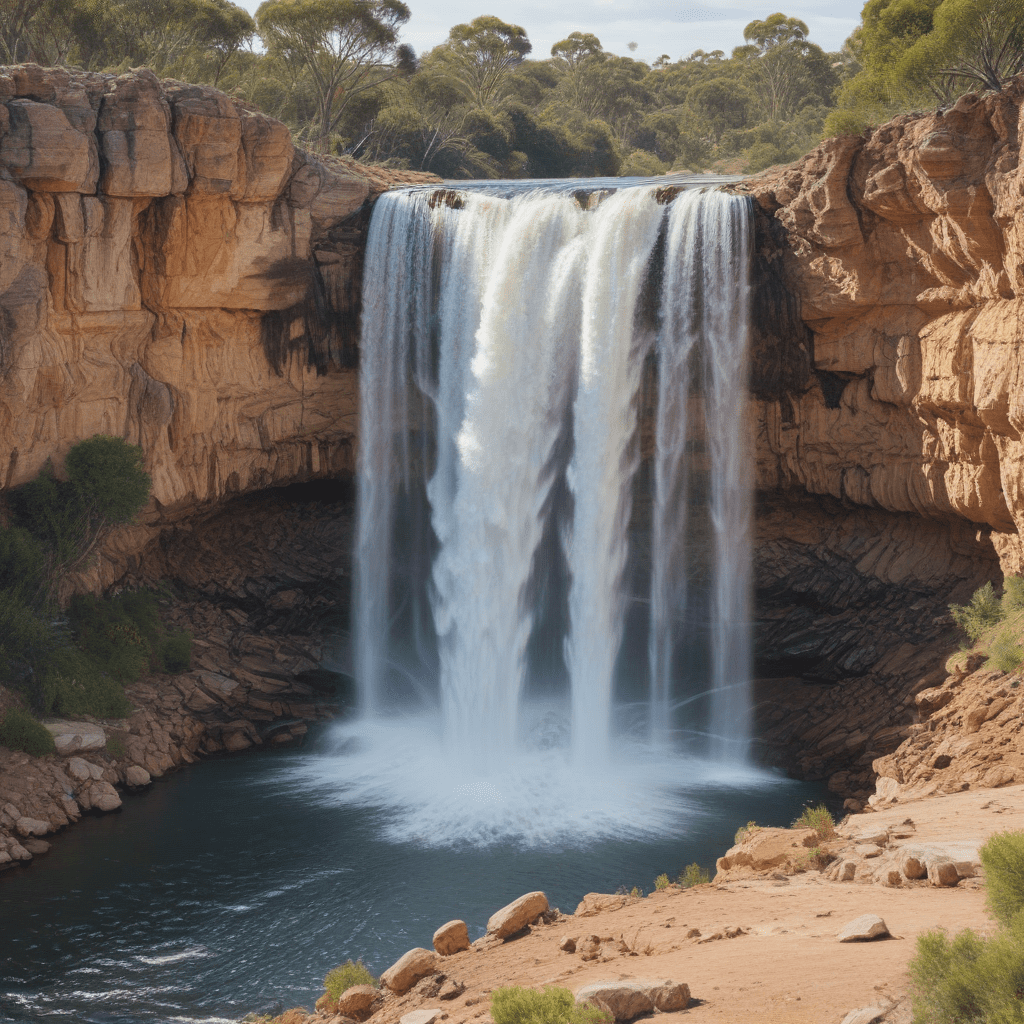Architectural Wonders of the Great Mosque of Algiers
The Great Mosque of Algiers, also known as the Djamaa el Kebir, stands as a testament to the rich architectural heritage of Algeria. Let’s delve into the mesmerizing architectural wonders of this iconic mosque.
Historical Significance
Constructed in the 11th century, the Great Mosque of Algiers holds immense historical significance. It has witnessed centuries of Algerian history and stands as a symbol of Islamic art and culture in the region.
Islamic Architecture
The mosque showcases stunning Islamic architectural elements, including intricate geometric patterns, calligraphy, and ornate designs that adorn its walls and ceilings. The use of arches, domes, and minarets reflects traditional Islamic architecture.
Grandeur of the Courtyard
One of the highlights of the mosque is its expansive courtyard, adorned with marble columns and intricate tile work. The courtyard serves as a peaceful oasis within the bustling city, inviting worshippers and visitors alike to admire its beauty.
Minaret and Prayer Hall
The minaret of the Great Mosque of Algiers soars into the sky, offering panoramic views of the city. The prayer hall, with its intricate carvings and beautiful mosaics, provides a tranquil space for prayer and reflection.
Blend of Cultures
The architecture of the mosque reflects a unique blend of Moorish, Ottoman, and Andalusian influences, showcasing the diverse cultural heritage of Algeria. Visitors are captivated by the harmonious fusion of different architectural styles.
Restoration Efforts
Over the years, the Great Mosque of Algiers has undergone several restoration projects to preserve its architectural splendor. These efforts highlight the significance of this cultural landmark and ensure that future generations can continue to admire its beauty.
Visiting the Great Mosque
For those planning to visit Algiers, exploring the Great Mosque is a must. Witnessing the architectural wonders of this historic site offers a glimpse into Algeria’s rich past and cultural heritage. Remember to respect the mosque’s customs and traditions during your visit.
Frequently Asked Questions about Architectural Wonders of the Great Mosque of Algiers
What makes the Great Mosque of Algiers an architectural wonder?
The Great Mosque of Algiers, also known as the Djamaa el Kebir, stands out for its stunning blend of Ottoman and Moorish architectural styles, featuring intricate designs, towering minarets, and ornate domes that create a mesmerizing sight.
How old is the Great Mosque of Algiers?
The construction of the Great Mosque of Algiers began in 2012 and was completed in 2019, making it a relatively new addition to the city’s architectural landscape.
Can visitors enter the Great Mosque of Algiers?
Yes, the Great Mosque of Algiers is open to visitors of all faiths. While exploring this architectural marvel, visitors can immerse themselves in the rich history and intricate details of the mosque’s design.
What is the significance of the Great Mosque of Algiers?
Apart from its architectural beauty, the Great Mosque of Algiers holds cultural and historical importance as one of the largest mosques in Algeria. It serves as a place of worship, reflection, and community for locals and visitors alike.
Are there guided tours available for the Great Mosque of Algiers?
Guided tours are often available for visitors interested in learning more about the history, architecture


